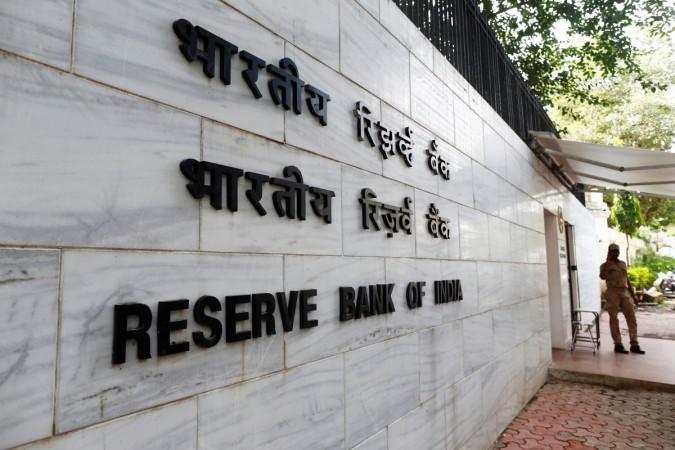
Urjit Patel's elevation as the governor of the Reserve Bank of India (RBI) marked a new beginning in the history of the 81-year-old institution, headquartered at Mint Street, Mumbai, since 1937. Private owned in the beginning, it became a government of India institution after nationalisation in 1949.
Patel has a Ph.D in economics from Yale University, an M. Phil from University of Oxford and a B. Sc. from University of London. Before his appointment as the head of India's central bank, Patel was one of RBI's four deputy governors, the other three being R Gandhi, S S Mundra and N S Vishwanathan.
The RBI has been guided by many eminent persons in the past, the latest being Patel's immediate predecessor Raghuram Rajan, who evinced a desire to return to teaching after the end of his three-year term.
The RBI's affairs are governed by a central board of directors appointed by the government of India in accordance with the Reserve Bank of India Act, 1934.
A look at some former RBI governors:
As can be seen from the adjacent graph, the first two governors of the central bank were Britishers, Osborne A Smith and James Braid Taylor. The first Indian to become governor of the RBI was Chitaman D Deshmukh, who held the position during the transition years of India's independence.
Chintaman Dwarkanath Deshmukh
His association with the RBI started in 1939 as government's liaison officer. He later served as Secretary and thereafter, in 1941, as Deputy Governor of the RBI. On James Taylor's death, he took over as its head and stayed at the helm till August 1943.
Benegal Rama Rau
The longest serving RBI governor, he was India's envoy to the U.S. before his stint at the apex bank.
Rau's term saw the beginning of the Planning Era and developments that led to the transformation of the then Imperial Bank of India to State Bank of India. His tenure was cut short in January 1957 when he quit before the end of his second term owing to differences with the then finance minister.
M Narasimham
He was the first and so far the only governor to be appointed from the Reserve Bank cadre, having joined the bank as a Research Officer. His tenure lasted just seven months; he later served as Executive Director for India at the World Bank and thereafter at the IMF, before his appointment as secretary in the ministry of finance.
Manmohan Singh
Before taking charge at the RBI, Singh had worked both in the planning commission and finance ministry. His three-year term saw legal reforms carried out related to the banking sector and the setting up of urban banks department at the RBI. He went on to become India's finance minister in the 1990s and later prime minister for ten years, from 2004 to 2014.
S Venkitaramanan
The IAS officer saw through India's worst external payment crisis during his short tenure of two years.
D Subbarao
A graduate of IIT, Kharagpur, and a post-graduate from IIT, Kanpur, Subbarao was secretary, finance ministry, before his appointment as the RBI head. He is believed to be one of the first IITians to join the civil services in 1972.
Raghuram Rajan
Prior to taking over as RBI governor on Sept. 4, 2013, Rajan was chief economic advisor in the ministry of finance. He was the chief economist and director of research at the International Monetary Fund between 2003 and 2006.
(Source: RBI)















